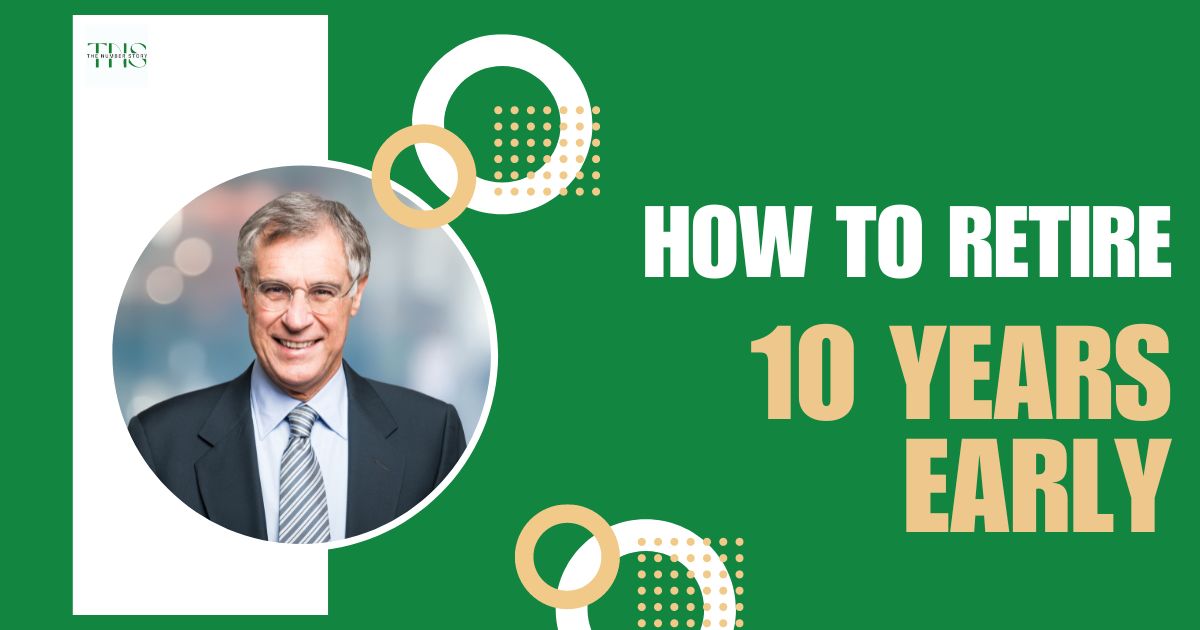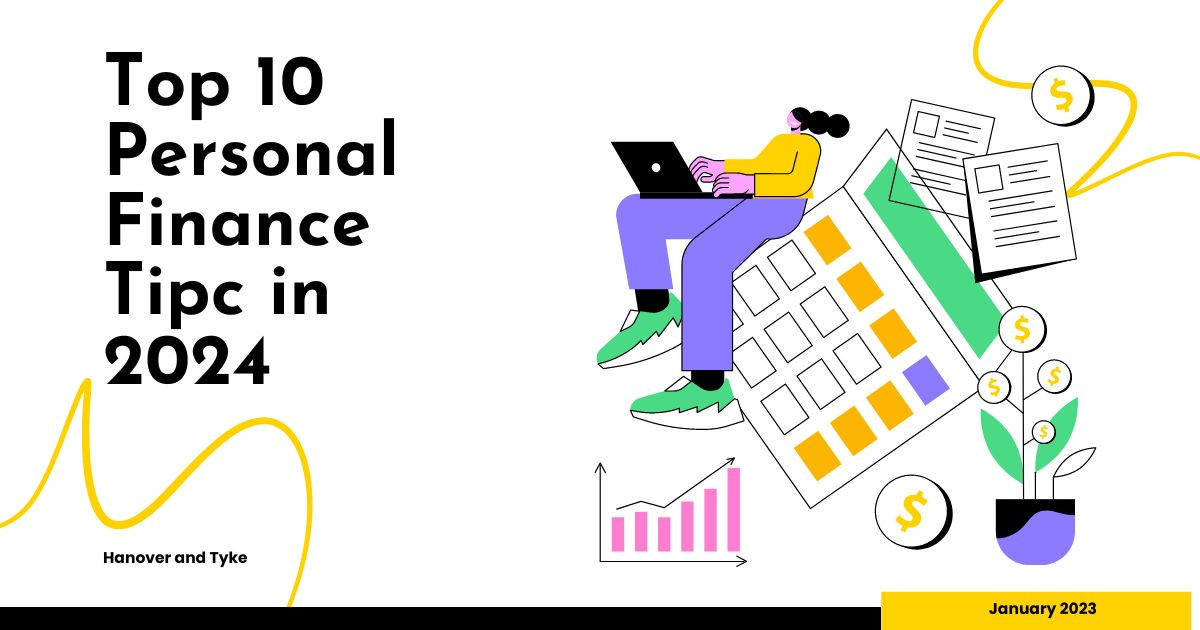
According to a thenumberstory survey, people who hope to retire say they will typically stop working full-time at age 57. Here’s how to retire from the workforce ten years before your time.
Millions of results will appear when you search for “early retirement” online, many of them are about retirees who left the workforce before the age of 40 and made significant savings.
However, the majority of people have a more attainable goal in mind: A recent thenumberstory survey indicates that, on average, Americans who have not yet retired but intend to do so say they will stop working full-time at age 57. That is ten years ahead of the full Social Security retirement age of 67, so it still qualifies as early, but it is still doable without severely reducing your spending. Here are five actions you can do to give notice ten years ahead of schedule. let explore how to Retire 10 Years Early
1. Save more

You’ll need to save more the earlier you plan to retire. Experts typically advise saving 10% to 15% of your pre-tax income for a traditional retirement. As an illustration, suppose you are 22 years old and earn $40,000 annually. You could have about $1.13 million when you retire at age 67 if you save 10% of your income, invest it, and receive an average annual return of 6%. If you have an 85-year life expectancy and spend 70% of your pre-retirement income annually in retirement, that should be sufficient. (This information is based on the Thenumberstory retirement calculator, which projects a 5% investment return after retirement, 2% annual salary increases, and 3% annual inflation.)
Learn More : 5 Fast Ways to Turbocharge Your Retirement Savings
However, suppose you decide to retire at the age of 57. If all the same assumptions were made, your retirement income would only be about $570,000, which would not be sufficient to support you if you didn’t drastically cut back on your lifestyle in those later years. You would need to save more than twice as much as the calculator suggests in order to have enough money to retire at age 57, or about 22% of your pre-tax income annually.
That’s a big difference, but if you want to retire early, you should start saving and spending less early in your career because it will allow your money to compound.
2. Know your number

More than one in five Americans (22%) say they don’t know what they’ll need to live comfortably in retirement, according to the survey. The general rule of thumb is to replace 70% of your pre-retirement income, but you can adjust that based on your unique situation. For example, if you pay off your mortgage before you leave the workforce, you probably won’t need as much. If you have a lengthy list of destinations you’d like to visit after retirement, you might require more. Therefore, experiment with a retirement calculator or consult a financial advisor to determine what your ideal retirement age is.
3. Allocate accordingly

As you get closer to retirement age, it’s usually advised that you change your investments to become more conservative. However, an aggressive portfolio is usually required when retiring early because you will be living in retirement for a longer period of time and need your investments to grow. Although it is theoretically possible to retire with an all-stock portfolio, it is generally thought to be safer to maintain a mix of assets, such as cash, bonds, and stocks, to ensure that your retirement plans are not derailed by a decline in the market.
Maintaining an aggressive asset allocation for the majority of your portfolio, meaning that stocks are heavily weighted towards them rather than bonds or cash, but moving a few years’ worth of spending money into cash or more conservative investments, could be a good course of action. In the event of a downturn or unstable market, you won’t need to tap into investments because you will have a cash reserve to draw from for the first few years.
4. Understand withdrawal rules
Retirement accounts usually have restrictions on when you can withdraw your money because they are frequently tax-advantaged. For instance, there may be a tax penalty if you withdraw funds from a 401(k) before the age of 59 ½, though there are some exclusions. Similarly, you must wait until age 62 to receive Social Security benefits, and doing so will result in a penalty if you do so before age 67.
Learn More : Top 20 Ways to Find Fast Cash
It could be a good idea for people who plan to retire early to use a variety of retirement savings accounts, such as a taxable investment account and a Roth IRA. A Roth IRA allows for the penalty-free withdrawal of contributions at any time. The money in taxable accounts is yours to take out whenever you choose because they are not tax-advantaged. To avoid unpleasant surprises, make sure you are aware of each account’s withdrawal policies. Additionally, think about speaking with a financial advisor to establish a plan for accessing the appropriate accounts at the appropriate times and to learn how your withdrawals will be taxed.
5. Consider part-time work in retirement
According to the survey, 22% of Americans said they planned to work part-time after retirement. Especially if you can find a part-time job that pays your daily expenses and lets you leave your retirement savings invested so it has more time to grow, this option can relieve the pressure of saving so much earlier in your career.






